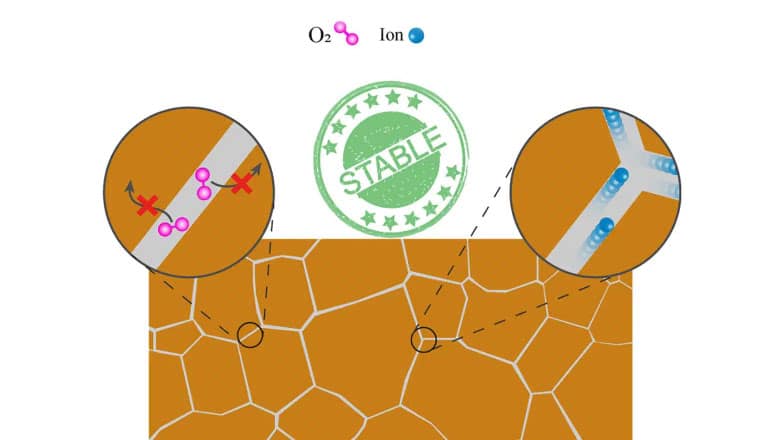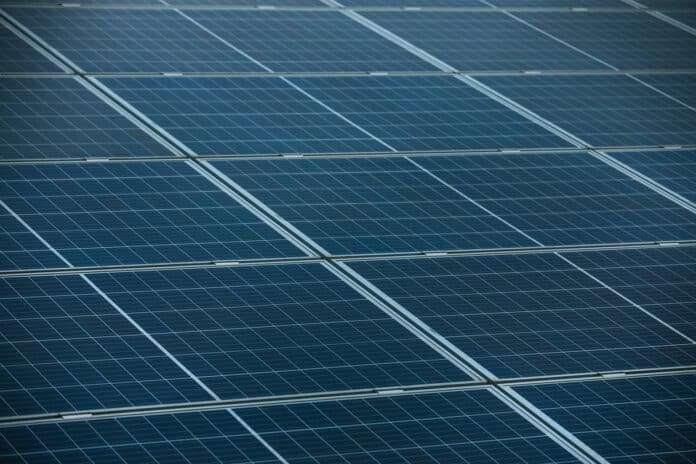Perovskite materials are cheaper to produce and better at absorbing light than silicon. This means that perovskite solar cells can be thinner and lighter than silicon solar cells without sacrificing the cell’s ability to convert light into electricity. However, stability and current-voltage hysteresis stand as major obstacles to the commercialization of metal halide perovskites. Both phenomena have been associated with ion migration.
Researchers from North Carolina State University have discovered that channeling ions into defined pathways in perovskite materials improves the stability and operational performance of solar cells. The finding paves the way for a new generation of lighter, more flexible, and more efficient solar cell technologies suitable for practical use.
“We have not found a way to prevent ions from moving through perovskite materials, but we have found that it is possible to steer these ions into a safe conduit that does not impair the material’s structural integrity or performance,” says Aram Amassian, corresponding author of a paper on the discovery. “It’s a big step forward.”
Perovskite materials are multi-crystalline materials. This means that when you are growing a perovskite, the material forms as a series of crystals – or grains – that are flush with each other. These grains are responsible for absorbing light and generating the charges responsible for the electrical current. Each of those grains has the same crystalline structure, but the grains may be oriented in slightly different directions. The area where the grains touch is called a grain boundary.

“What we’ve found is that grains are better protected from impairment when the ions move predominantly along the grain boundary,” says first author and co-corresponding author Masoud Ghasemi, a former postdoctoral researcher at NC State who is now a postdoctoral researcher at Penn State.
“Coupling this with what is already known about perovskite materials, it’s clear that problems start when grain boundaries are weak, which makes it easier for ions to move into the grains themselves. Designing stronger grain boundaries that protect the grains is essential to block migrating ions and other harmful species like oxygen from entering the grains, mitigating problematic chemical and structural changes in the material.”
“This is an important insight because there are established techniques we can use to engineer perovskite materials and their grain boundaries; we can now make use of these approaches to protect the grains,” Amassian says. “We demonstrate how those techniques strengthen grain boundaries in this paper. In short, we now know what needs to be done to make far more stable perovskites.”
The work may also inform the development of more efficient energy storage technologies.
“This work advances our fundamental understanding of how ions move through any crystalline material that can carry the charge, not just halide perovskites,” Amassian says. “We’re excited to talk to colleagues who work on energy storage about how this may inform the engineering of faster ion conductors.”
Journal reference:
- Masoud Ghasemi, Boyu Guo, Kasra Darabi, Tonghui Wang, Kai Wang, Chiung-Wei Huang, Benjamin M. Lefler, Laine Taussig, Mihirsinh Chauhan, Garrett Baucom, Taesoo Kim, Enrique D. Gomez, Joanna M. Atkin, Shashank Priya, and Aram Amassian. A multiscale ion diffusion framework sheds light on the diffusion–stability–hysteresis nexus in metal halide perovskites. Nature Materials, 2023; DOI: 10.1038/s41563-023-01488-2
